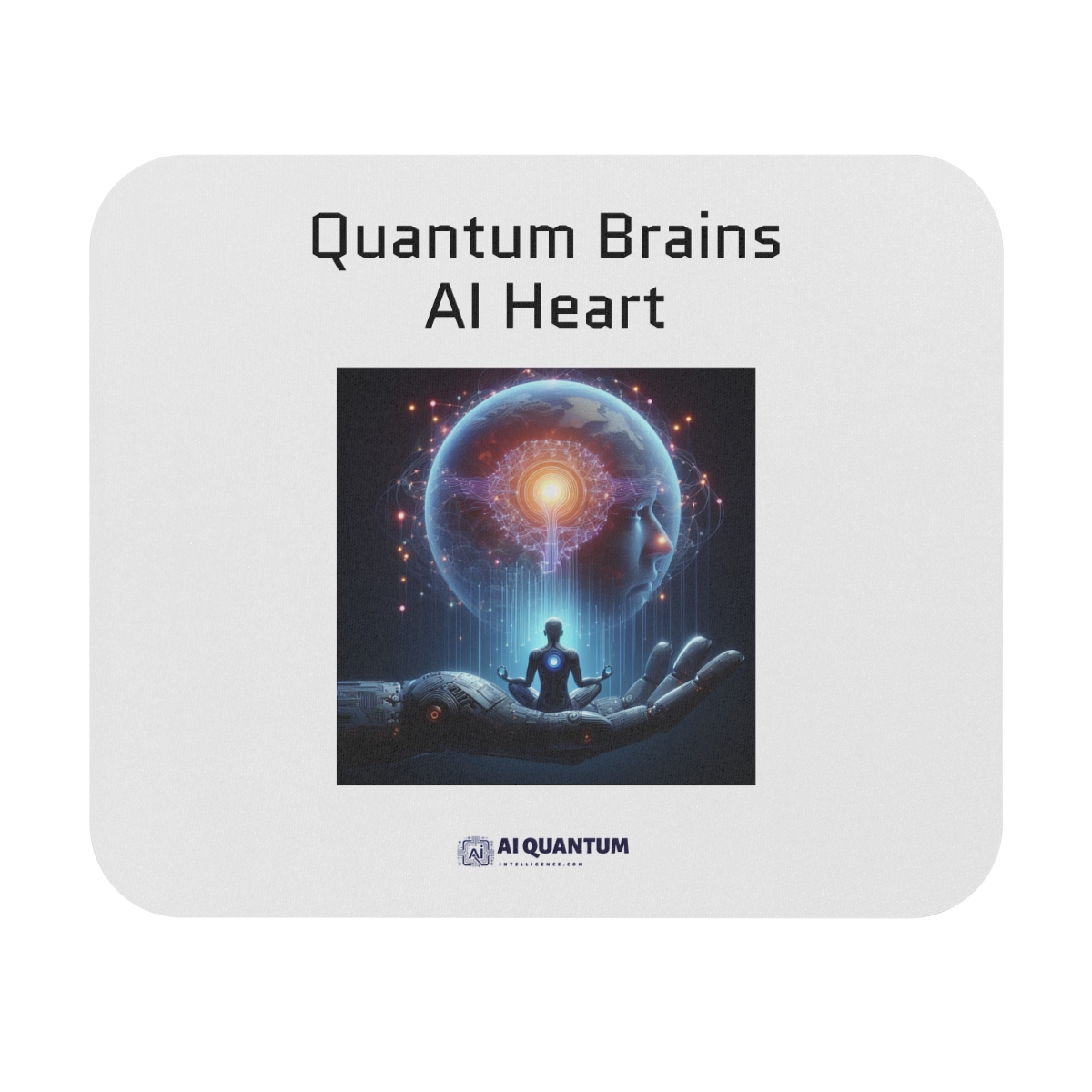Reducing AI Hallucinations with MoME: How Memory Experts Enhance LLM Accuracy
Artificial Intelligence (AI) is transforming industries and reshaping our daily lives. But even the most intelligent AI systems can make mistakes. One big problem is AI hallucinations, where the system produces false or made-up information. This is a serious issue in healthcare, law, and finance, where getting things right is critical. Though Large Language Models […] The post Reducing AI Hallucinations with MoME: How Memory Experts Enhance LLM Accuracy appeared first on Unite.AI.


Artificial Intelligence (AI) is transforming industries and reshaping our daily lives. But even the most intelligent AI systems can make mistakes. One big problem is AI hallucinations, where the system produces false or made-up information. This is a serious issue in healthcare, law, and finance, where getting things right is critical.
Though Large Language Models (LLMs) are incredibly impressive, they often struggle with staying accurate, especially when dealing with complex questions or retaining context. Addressing this issue requires a new approach, and the Mixture of Memory Experts (MoME) offers a promising solution. By incorporating advanced memory systems, MoME improves how AI processes information, enhancing accuracy, reliability, and efficiency. This innovation sets a new standard for AI development and leads to smarter and more dependable technology.
Understanding AI Hallucinations
AI hallucinations occur when a model produces outputs that may seem logical but are factually incorrect. These errors arise from processing data, relying on patterns rather than correctly understanding the content. For instance, a chatbot might provide incorrect medical advice with exaggerated uncertainty, or an AI-generated report could misinterpret crucial legal information. Such mistakes can lead to significant consequences, including misdiagnoses, flawed decisions, or financial losses.
Traditional LLMs are built to predict the next word or sentence based on patterns learned from their training data. While this design enables them to generate fluent and coherent outputs, it often prioritizes what sounds plausible over what is accurate. These models may invent information to fill the gaps when dealing with ambiguous or incomplete inputs. Additionally, biases present in the training data can further enhance these problems, resulting in outputs that perpetuate inaccuracies or reflect underlying biases.
Efforts to address these issues, such as fine-tuning models or using Retrieval-Augmented Generation (RAG), have shown some promise but are limited in handling complex and context-sensitive queries. These challenges highlight the need for a more advanced solution capable of adapting dynamically to different inputs while maintaining contextual accuracy. The MoME offers an innovative and reliable approach to addressing the limitations of traditional AI models.
What is MoME?
The MoME is a new architecture that transforms how AI systems handle complex tasks by integrating specialized memory modules. Unlike traditional models that rely on activating all components for every input, MoME uses a smart gating mechanism to activate only the memory modules that are most relevant to the task at hand. This modular design reduces computational effort and improves the model's ability to process context and handle complex information.
Fundamentally, MoME is built around memory experts, dedicated modules designed to store and process contextual information specific to particular domains or tasks. For example, in a legal application, MoME might activate memory modules specializing in case law and legal terminology. By focusing only on the relevant modules, the model produces more accurate and efficient results.
This selective engagement of memory experts makes MoME particularly effective for tasks that require deep reasoning, long-context analysis, or multi-step conversations. By efficiently managing resources and zeroing in on contextually relevant details, MoME overcomes many challenges traditional language models face, setting a new benchmark for accuracy and scalability in AI systems.
Technical Implementation of MoME
The MoME is designed with a modular architecture that makes it efficient and flexible for handling complex tasks. Its structure includes three main components: memory experts, a gating network, and a central processing core. Each memory expert focuses on specific types of tasks or data, such as legal documents, medical information, or conversational contexts. The gating network is a decision-maker, selecting the most relevant memory experts based on the input. This selective approach ensures the system only uses the necessary resources, improving speed and efficiency.
A key feature of MoME is its scalability. New memory experts can be added as required, allowing the system to handle various tasks without significantly increasing resource demands. This makes it suitable for tasks requiring specialized knowledge and adaptability, such as real-time data analysis or personalized AI applications.
Training MoME involves several steps. Each memory expert is trained on domain-specific data to ensure it can handle its designated tasks effectively. For instance, a memory expert for healthcare might be trained using medical literature, research, and patient data. Using supervised learning techniques, the gating network is then trained to analyze input data and determine which memory experts are most relevant for a given task. Fine-tuning is performed to align all components, ensuring smooth integration and reliable performance across various tasks.
Once deployed, MoME continues to learn and improve through reinforcement mechanisms. This enables it to adapt to new data and changing requirements, maintaining its effectiveness over time. With its modular design, efficient activation, and continuous learning capabilities, MoME provides a flexible and reliable solution for complex AI tasks.
How MoME Reduces AI Errors?
MoME handles the issue of AI errors, such as hallucinations, by using a modular memory design that ensures the model retains and applies the most relevant context during the generation process. This approach addresses one of the primary reasons for errors in traditional models: the tendency to generalize or fabricate information when faced with ambiguous inputs.
For example, consider a customer service chatbot tasked with handling multiple interactions from the same user over time. Traditional models often struggle to maintain continuity between conversations, leading to responses that lack context or introduce inaccuracies. MoME, on the other hand, activates specific memory experts trained in conversational history and customer behavior. When a user interacts with the chatbot, MoME’s gating mechanism ensures that the relevant memory experts are dynamically engaged to recall previous interactions and tailor responses accordingly. This prevents the chatbot from fabricating information or overlooking critical details, ensuring a consistent and accurate conversation.
Similarly, MoME can reduce errors in medical diagnostics by activating memory modules trained on healthcare-specific data, such as patient histories and clinical guidelines. For instance, if a doctor consults an AI system to diagnose a condition, MoME ensures that only the relevant medical knowledge is applied. Instead of generalizing all medical data, the model focuses on the specific context of the patient's symptoms and history, significantly lowering the risk of producing incorrect or misleading recommendations.
By dynamically engaging the correct memory experts for the task, MoME addresses the root causes of AI errors, ensuring contextually accurate and reliable outputs. This architecture sets a higher standard for precision in critical applications like customer service, healthcare, and beyond.
Challenges and Limitations of MoME
Despite its transformative potential, MoME has several challenges. Implementing and training MoME models requires advanced computational resources, which may limit accessibility for smaller organizations. The complexity of its modular architecture also introduces additional considerations in terms of development and deployment.
Bias is another challenge. Since the performance of memory experts depends on the quality of their training data, any biases or inaccuracies in the data can influence the model’s outputs. Ensuring fairness and transparency in MoME systems will require rigorous data curation and ongoing monitoring. Addressing these issues is essential to building trust in AI systems, particularly in applications where impartiality is critical.
Scalability is another area that requires attention. As the number of memory experts increases, managing and coordinating these modules becomes more complex. Future research must optimize gating mechanisms and explore hybrid architectures that balance scalability with efficiency. Overcoming these challenges will be essential to realize MoME’s full potential.
The Bottom Line
In conclusion, the MoME is a significant step forward in addressing the limitations of traditional AI models, particularly when it comes to reducing errors like hallucinations. Using its modular memory design and dynamic gating mechanisms, MoME delivers contextually accurate and reliable outputs, making it an invaluable tool for critical applications in healthcare, customer service, and beyond.
While challenges such as resource requirements, data bias, and scalability remain, MoME’s innovative architecture provides a solid foundation for future advancements in AI. With ongoing improvements and careful implementation, MoME has the potential to redefine how AI systems operate, paving the way for smarter, more efficient, and trustworthy AI solutions across industries.
The post Reducing AI Hallucinations with MoME: How Memory Experts Enhance LLM Accuracy appeared first on Unite.AI.












